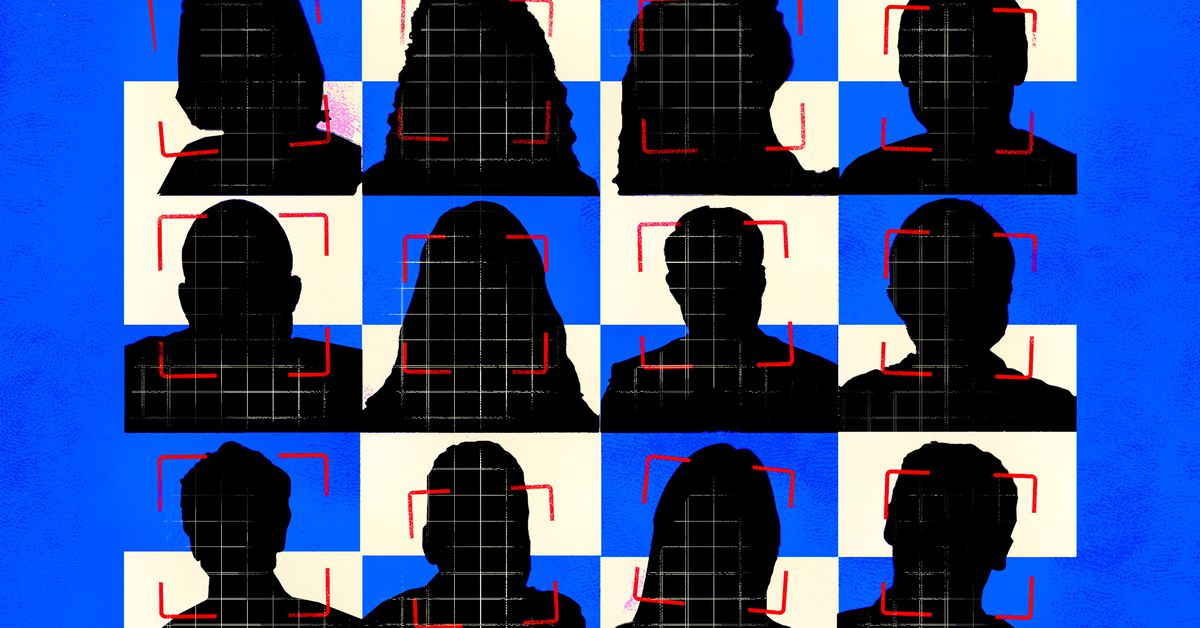You’re not empathetic enough… but can VR can fix it?
Did you know that Cortney Harding is speaking at TNW2021 this year? She’ll be discussing the use of VR to combat racial bias and radically shift diversity, equity, and inclusion. You can get tickets for the event here.
Virtual reality may finally be inching into the mainstream. Sales of VR headsets reportedly skyrocketed during the pandemic and the systems feature prominently in the growing hype around the metaverse.
Most of this tech is designed for entertainment, but it’s also gaining traction in the workplace.
One of the developers of these applications is Friends With Holograms. The New York-based digital agency focuses on creating VR and AR training that generates empathy to address social issues.
The company’s projects include an immersive experience that shows employees the impact of exclusionary behavior.
Cortney Harding, the agency’s founder, told TNW, that one of the first people they tested it on was a white, middle-aged senior manager of his family business:
But he took off the headset after he finished and said, ‘That wasn’t a conversation — that was an emotional experience.’ He came back to his company the next week and made a lot of changes about how he runs meetings, who he includes, and making sure everyone’s voice is heard and respected.
The company also worked with Accenture to develop a VR simulation for trainee family welfare workers. Users were presented with an extremely different decision: whether to remove a child from their home and family.
The scenario used natural language processing to let users choose from a variety of ways to make each inquiry. They would then receive different levels of information based on how they phrased the questions.
The training reduced turnover in Indiana’s child services department by 18%. Harding said the benefits of this go beyond saving money on hiring new staff. More importantly, it helps families build consistent and trusting relationships with welfare workers.
Virtual realism
Friends With Holograms develops VR training scenarios with actors rather than computer-generated models.
“There’s no way you’re going to get get the same emotional investment and impact from talking to a cheap video game character as you are by talking to somebody who’s a real person, or in our case, an actor,” says Harding.
The company also focuses on making the experience interactive. In the child welfare simulation, the agency used voice recognition as an input system.
Passive observation, says Harding, can’t match the sense of realism produced through interaction.




Harding is also exploring the integration of biometric analysis. The idea is that measurements such as body temperature and heart rate can provide clearer indications of how a user feels during a situation.
VR needs
Friends With Holograms customizes each scenario to the specific needs of the client.
“The first question I always ask is, ‘How do you want someone to feel when they take the headset off? That determines everything else,” says Harding.
She also emphasizes the importance of putting people in simulations that match their real-life experiences.
Her company is currently applying this approach to a project focused on racial bias. While some developers argue that VR can be used to embody another person — such as a woman of color — Harding thinks this underserves an individual’s world experience:
I can’t put on a headset and experience 41 years of being a white American by putting on a VR headset. The better way to get people to feel something and change something is to meet them where they are.
Greetings Humanoids! Did you know we have a newsletter all about AI? You can subscribe to it right here.


